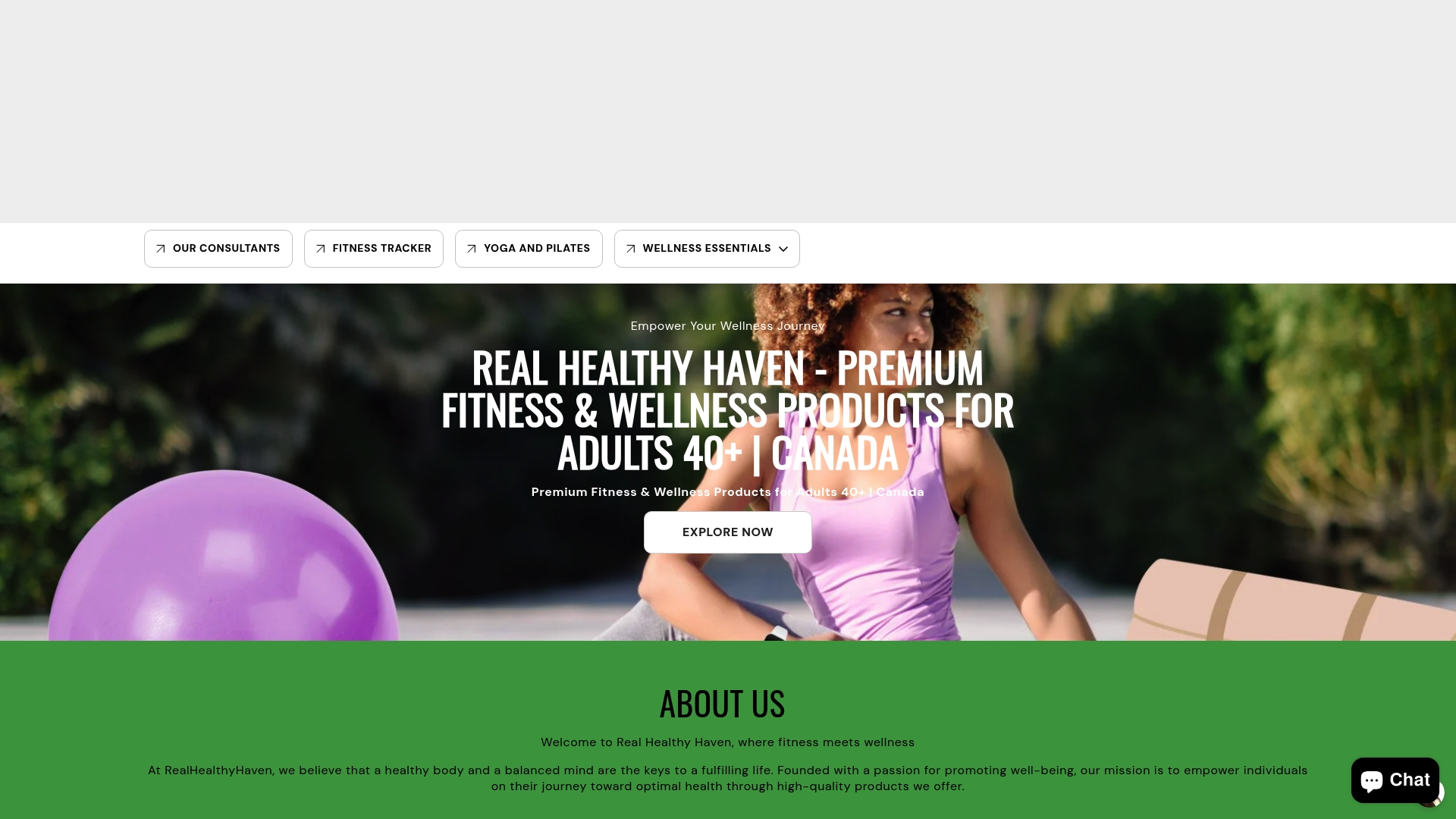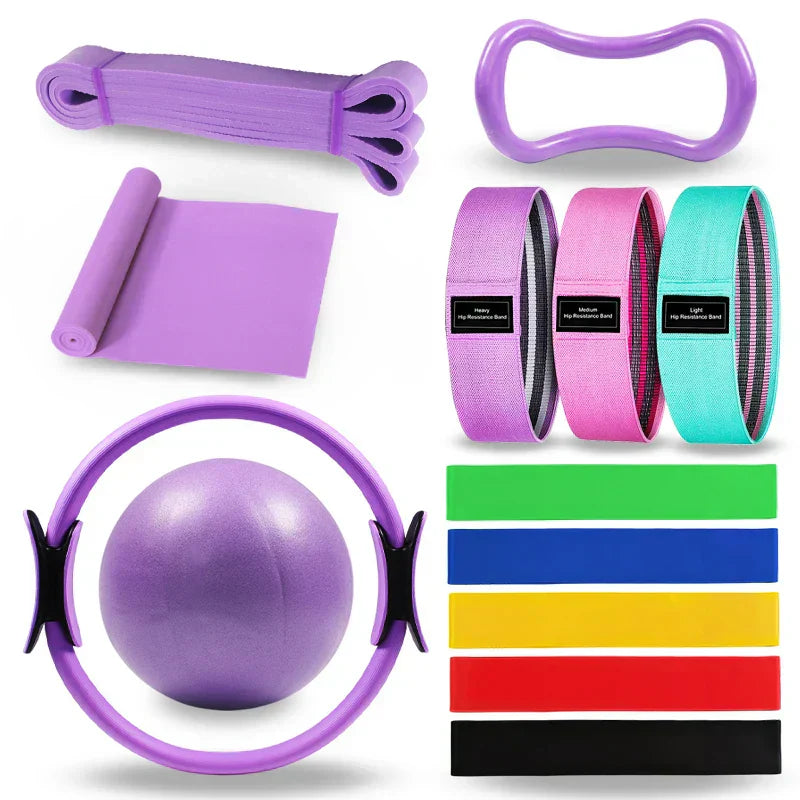Did you know that nearly one in four adults over 65 experiences difficulty with basic movement? Mobility is about much more than just getting around. It shapes daily independence, comfort, and even long-term health. Simple movement routines can help you keep joints limber, muscles strong, and balance steady. By learning what mobility exercises actually do for your body, you can build a foundation for easier, safer movement as the years go by.
Table of Contents
- Defining Mobility Exercises And Their Role
- Types Of Mobility Exercises For Adults Over 40
- Key Benefits For Healthy Aging And Movement
- How To Safely Start A Mobility Routine
- Common Mistakes And How To Avoid Them
Key Takeaways
| Point | Details |
|---|---|
| Importance of Mobility | Mobility exercises support a quality lifestyle by enhancing independent living skills such as strength, balance, and coordination. |
| Types of Exercises | Adults over 40 should engage in flexibility, balance, and endurance exercises to maintain physical health and prevent injury. |
| Safe Start | Begin any mobility routine with a gradual approach, prioritize warm-ups, and listen to your body’s signals to avoid injury. |
| Common Mistakes | Avoid skipping warm-ups, pushing through pain, and maintaining inconsistent practice to ensure effective progress in mobility. |
Defining Mobility Exercises and Their Role
Mobility isn’t just about moving from point A to point B - it’s about quality of movement that supports your entire lifestyle. According to Harvard Health, mobility encompasses the fundamental skills required for independent living: physical stamina, strength, balance, coordination, and range of motion.
At its core, mobility exercises are targeted movements designed to improve how efficiently and comfortably you can move through daily activities. As research from PubMed indicates, mobility extends beyond simple walking - it involves navigating community environments with confidence, whether that means walking neighborhood streets, using assistive devices, or maintaining independence in transportation.
For adults over 40, mobility exercises become increasingly crucial. These specialized movements help maintain:
- Joint flexibility
- Muscle elasticity
- Balanced movement patterns
- Reduced risk of injury
- Enhanced overall physical performance
Think of mobility exercises like preventative maintenance for your body. Just as you would service a car to keep it running smoothly, these exercises help keep your physical systems functioning optimally. They’re not about intense workouts, but strategic, gentle movements that preserve and improve your body’s natural capabilities.
Types of Mobility Exercises for Adults Over 40
Flexibility exercises are the cornerstone of maintaining mobility as you age, offering a strategic approach to preserving physical function and preventing stiffness. According to NCHPAD, these exercises should be performed a minimum of two to three days per week, targeting major muscle and tendon groups to support overall movement capacity.
For adults over 40, mobility exercises can be categorized into several key types, each addressing different aspects of physical movement and joint health:
Here’s a comparison of common types of mobility exercises for adults over 40:
| Exercise Type | Primary Purpose | Example Movements |
|---|---|---|
| Static Stretching | Improve flexibility | Hamstring stretch Calf stretch |
| Dynamic Stretching | Warm up muscles | Leg swings Arm circles |
| Joint Mobility Drills | Increase range of motion | Ankle circles Hip rotations |
| Balance Exercises | Enhance stability | Single-leg stand Heel-to-toe walk |
| Isometric Exercises | Build muscle strength | Wall sit Plank hold |
- Static Stretching: Holding gentle stretches for 15-30 seconds to improve muscle flexibility
- Dynamic Stretching: Controlled movements that mimic functional motions and warm up muscles
- Joint Mobility Drills: Targeted exercises that improve range of motion in specific joints
- Balance Exercises: Movements that enhance stability and prevent potential falls
- Isometric Exercises: Strength-based movements that engage muscles without joint movement
The goal isn’t to transform into an elite athlete, but to maintain the body’s natural capabilities. Think of these exercises like regular maintenance for your physical machinery. Each movement is a deliberate investment in your future mobility, helping you stay independent, confident, and capable of enjoying life’s activities with ease. Start slowly, listen to your body, and gradually increase complexity as your flexibility and comfort improve.
Key Benefits for Healthy Aging and Movement
As we age, movement becomes more than just physical activity - it’s a critical investment in our overall health and independence. According to Harvard Health, being physically active offers comprehensive benefits that extend far beyond simple exercise. Physical movement can help control weight, strengthen muscles and bones, maintain joint health, support cardiovascular function, elevate mood, and boost metabolism.
The Office of Disease Prevention and Health Promotion emphasizes four fundamental exercise types that are particularly important for adults over 40:
- Endurance Exercises: Improve cardiovascular health and stamina
- Strength Training: Maintain muscle mass and bone density
- Balance Exercises: Reduce fall risks and improve stability
- Flexibility Work: Enhance range of motion and prevent stiffness
Consistent mobility exercise isn’t about achieving athletic perfection - it’s about preserving your body’s natural capabilities. By dedicating time to strategic movement, you’re essentially creating a personal insurance policy for your physical health. Each intentional exercise helps maintain your independence, prevents age-related decline, and ensures you can continue enjoying life’s activities with confidence and ease. Your body is a long-term investment, and mobility exercises are your most powerful tool for sustained wellness.
How to Safely Start a Mobility Routine
Starting a mobility routine requires a thoughtful, gradual approach that prioritizes your body’s unique needs and current fitness level. Gentle progression is key to preventing injury and building sustainable movement habits. According to NCHPAD, older adults should begin with 5 to 10 targeted stretches that cover both upper and lower body muscle groups.
Here’s a strategic framework for safely launching your mobility journey:
- Consult Your Healthcare Provider: Get professional clearance before starting any new exercise routine
- Start with Static Stretching: Hold each stretch at a mild discomfort level for 10 to 30 seconds
- Repeat Exercises: Perform 3 to 4 repetitions of each stretch
- Listen to Your Body: Stop immediately if you experience pain
- Warm Up First: Always begin with light movement to increase blood flow
Remember, mobility isn’t about pushing to extremes - it’s about consistent, mindful movement. Your routine should feel like a conversation with your body, not a battle. Begin slowly, celebrate small improvements, and gradually increase complexity as your strength and flexibility develop. The goal is creating a sustainable practice that supports your long-term health and independence.
Common Mistakes and How to Avoid Them
Mobility exercise mistakes can quickly turn a well-intentioned routine into a potential source of injury. According to Harvard Health, muscle preparation is critical - warming up ensures blood and oxygen reach the tissue, making it more pliable and resistant to damage.
Here are the most common pitfalls adults over 40 should watch out for in their mobility practice:
- Skipping Warm-Ups: Never stretch cold muscles
- Pushing Through Pain: Stop if you experience sharp or intense discomfort
- Inconsistent Practice: Flexibility is built through regular, sustained effort
- Improper Technique: Poor form can lead to potential muscle strain
- Unrealistic Expectations: Mobility improvements happen gradually
As Harvard Health advises, flexibility won’t be restored overnight. Progress is about patience and consistent effort. Think of your mobility routine like learning a new skill - small, deliberate movements performed regularly will yield far better results than sporadic, intense sessions. Your body responds best to gentle, mindful movement that respects its current limitations while gradually expanding its capabilities.
Take Charge of Your Mobility and Wellness Journey Today
Are you feeling the toll that stiffness, limited flexibility, or worries about losing independence can take on your daily life? You want to keep moving easily and confidently as you age, but small aches or lack of reliable support can make it hard to stick with those essential mobility exercises. The good news is, solutions tailored for adults over 40 are right at your fingertips. Visit Real Healthy Haven to discover trusted exercise equipment, supportive activewear, and therapeutic wellness products selected to help you excel in your mobility routine. Our site is designed for easy navigation and Canadian shoppers, making it simple to find everything you need for lasting results and peace of mind.

Why wait and risk losing your hard-earned progress? Explore the tools and resources that make mobility maintenance smoother and more comfortable. Subscribe to our newsletter or shop our latest wellness solutions for aging adults and get free shipping anywhere in Canada. Start your commitment to healthy aging now with support from a trusted source.
Frequently Asked Questions
What are mobility exercises?
Mobility exercises are targeted movements designed to improve the efficiency and comfort of your daily activities. They focus on enhancing joint flexibility, muscle elasticity, and overall movement patterns.
Why are mobility exercises important for adults over 40?
For adults over 40, mobility exercises help maintain joint flexibility, reduce the risk of injury, enhance stability, and support overall physical performance as the body ages.
How often should I perform mobility exercises?
It’s recommended to perform mobility exercises, particularly flexibility exercises, at least two to three days per week. This regular practice supports overall movement capacity and prevents stiffness.
What types of exercises are included in a mobility routine?
A mobility routine may include static stretching, dynamic stretching, joint mobility drills, balance exercises, and isometric exercises, each targeting different aspects of physical movement and joint health.


